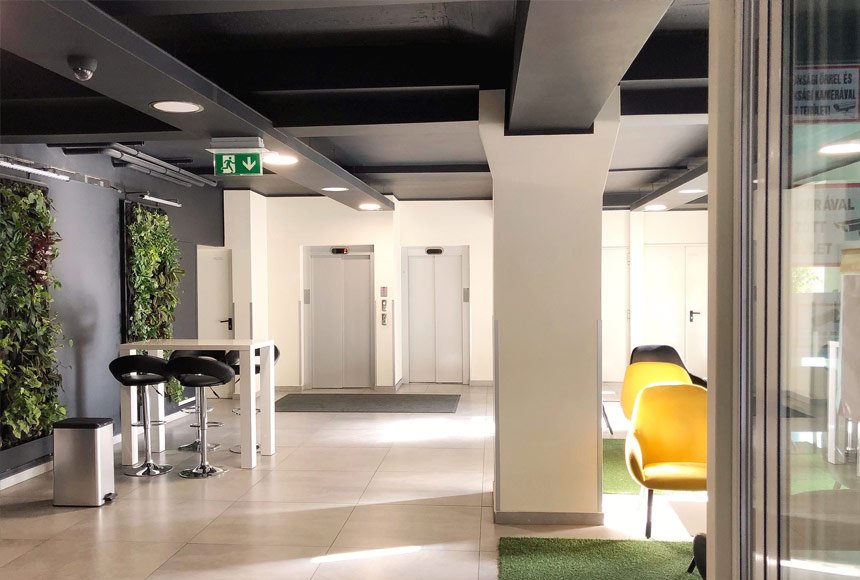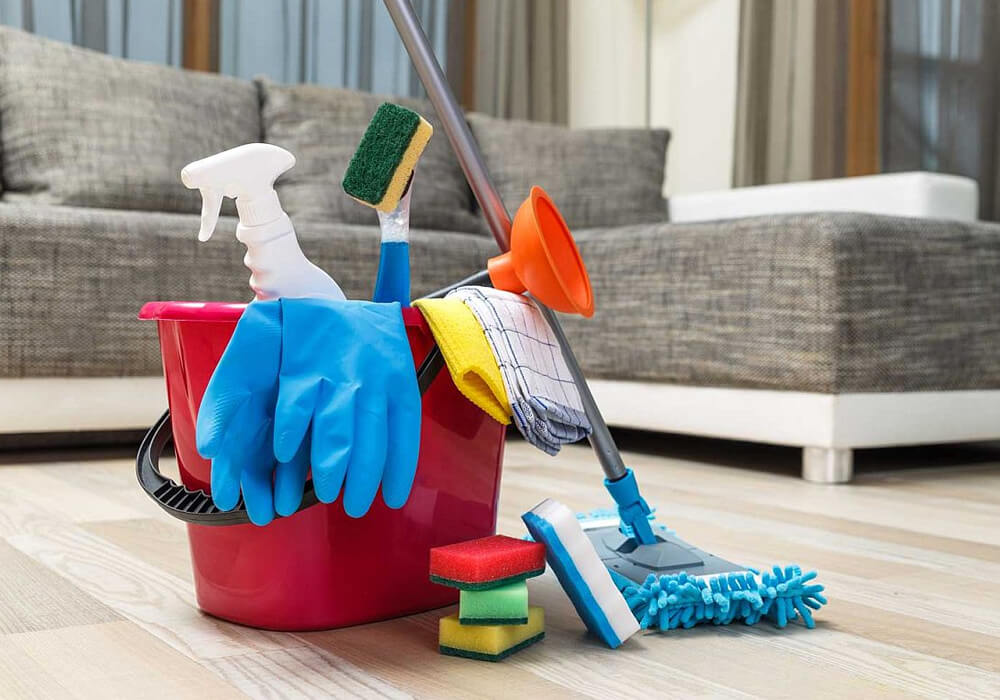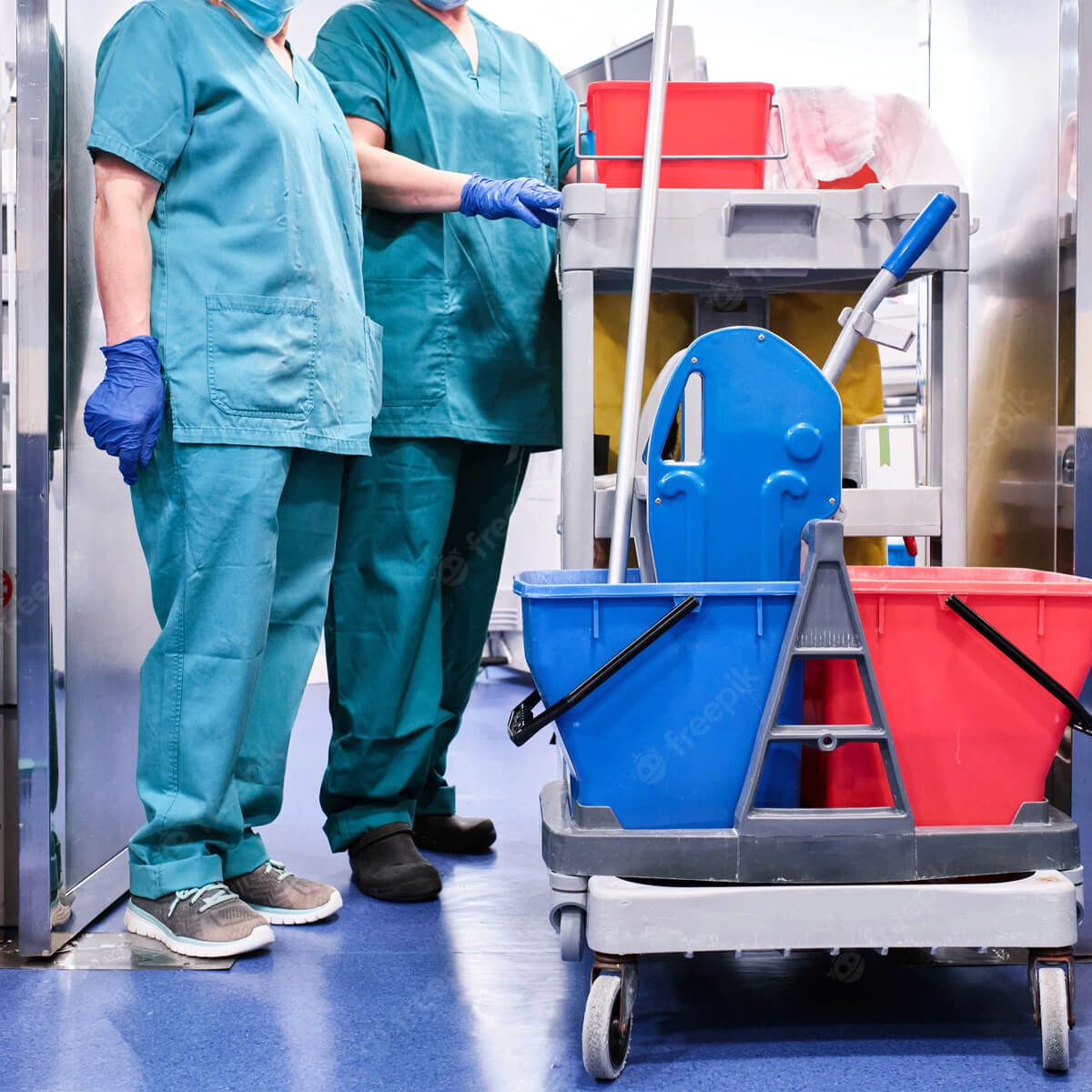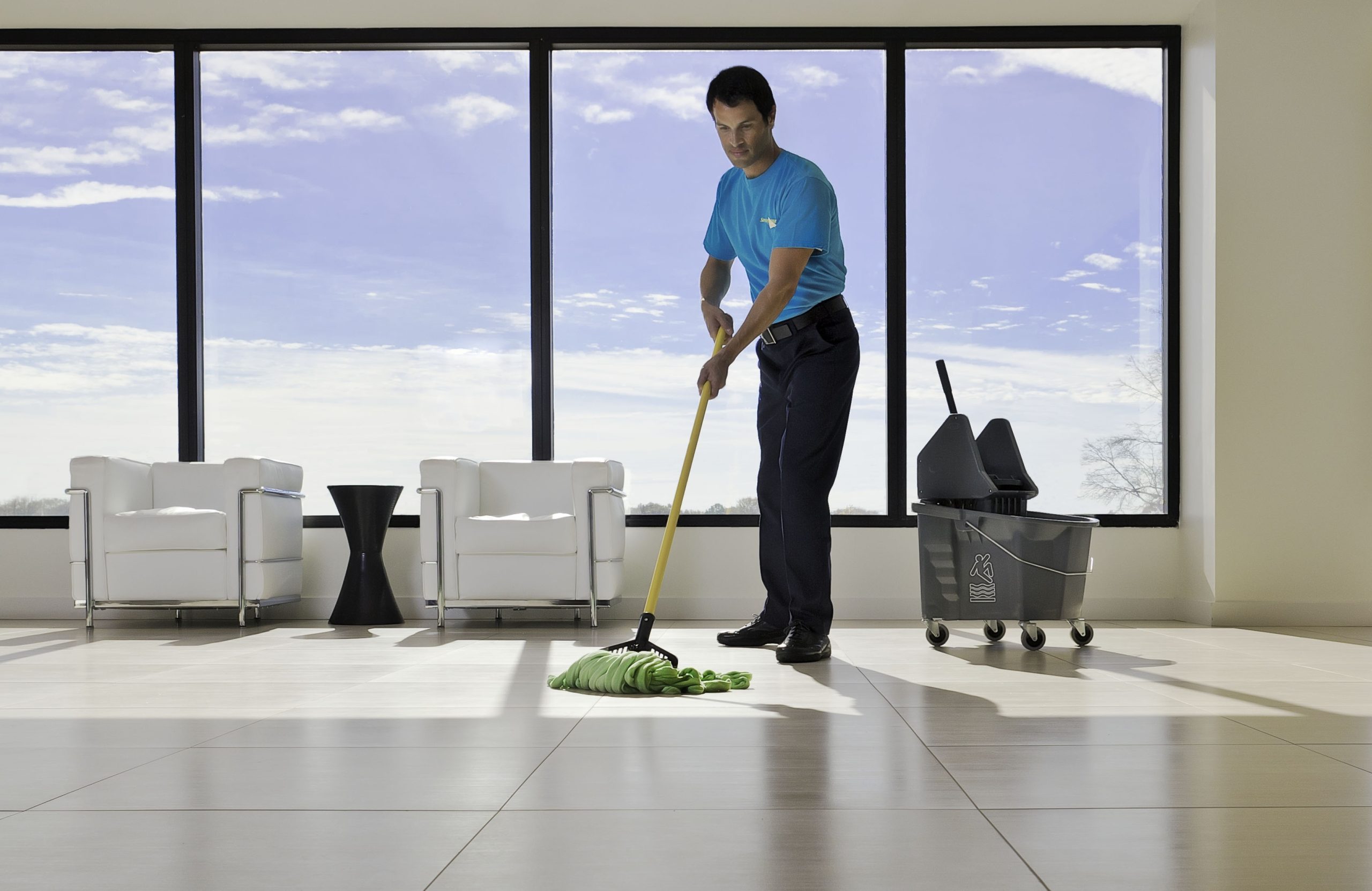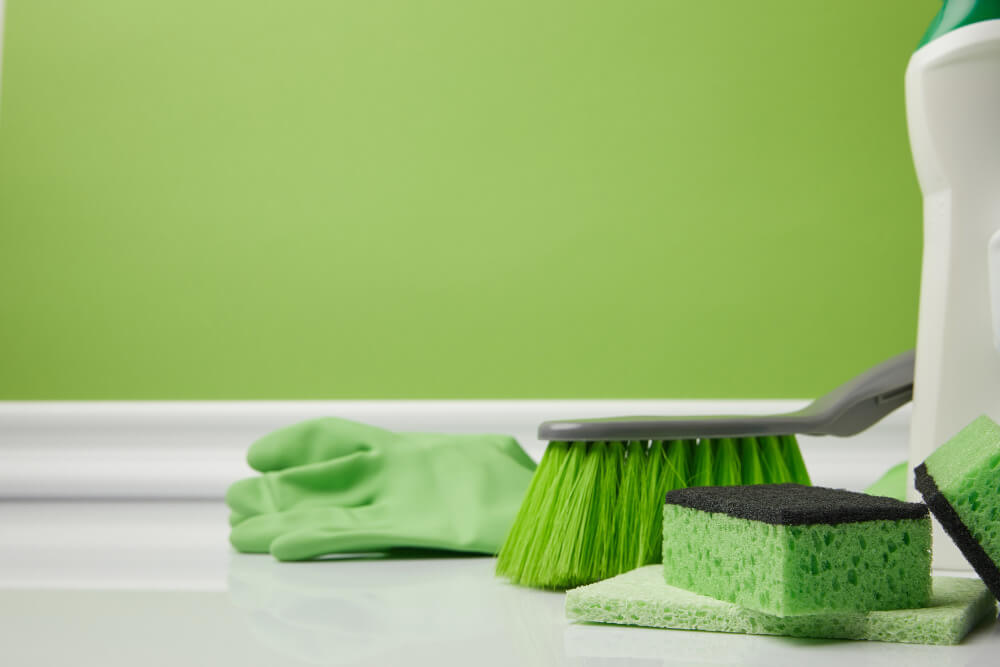29 May 2023
What to Keep in Mind When Cleaning Communal Areas
Cleaning common areas may be a huge hassle whether you work in an office building, an apartment complex, or a community center. However, maintaining these areas tidy and well-maintained is crucial for reasons of health and safety as well as aesthetics. This article will discuss several cleaning techniques and supplies that can be used to maintain pristine common areas. We’ll also provide you with some pointers and suggestions to help you out around the office. Let’s begin making the world a better place right now by cleaning up our surroundings.
Purpose of Cleaning
The purpose of cleaning communal areas is to create a clean and healthy environment for all who use them. It’s important to remember that communal spaces are shared by many people, which means they can quickly become dirty if not properly maintained.
One of the primary reasons for regular cleaning is to prevent the spread of germs and bacteria between individuals. Communal spaces such as elevators, lobbies, and restrooms see a lot of foot traffic, making them hot spots for germs. Regular disinfection helps reduce the risk of illness spreading from person to person.
Cleaning also improves the appearance of communal areas, making them more inviting and comfortable for guests or tenants. A well-maintained space reflects positively on its occupants or management company.
Proper maintenance of these areas can also help extend their lifespan, reducing repair costs in the long run. For example, regularly vacuuming carpets removes dirt and debris that could damage fibers over time.
Cleaning brings peace of mind knowing that you’re providing a safe environment free from hazards such as spills or clutter which could cause accidents or falls.
Types of Cleaning
There are a variety of cleaning tasks that must be taken into account when it comes to cleaning common areas. Standard cleaning entails constant upkeep and cares for the region. Simple housekeeping duties like sweeping and mopping are included in this category.
Deep cleaning is another kind that focuses on getting rid of grime and debris that has settled in hard-to-reach places. Cleaning the grout between the tiles or steam cleaning the carpets are examples of this.
Kitchens and bathrooms, for example, may require additional, specialized cleaning. Appliances, counters, and flooring in the kitchen may need special care, and disinfecting products may be needed in the bathroom.
It’s crucial to remember that different cleaning tasks call for different equipment and methods. By learning the distinctions between them, you’ll be better able to plan out the frequency with which you clean the common areas.
Tools for Cleaning
When it comes to cleaning communal areas, having the right tools can make all the difference. Here are some essential tools you’ll need for effective and green cleaning.
First on the list is a good quality vacuum cleaner. This is especially important if you’re dealing with carpeted areas in offices or homes as carpets tend to accumulate dirt and dust quickly. A reliable vacuum cleaner will suck up all that debris, leaving your floors looking spotless.
Next, consider investing in microfiber cloths and mops. These are great for wiping down surfaces without leaving any streaks or residue behind. They’re also reusable, making them an eco-friendly option.
Another useful tool for cleaning communal areas is a steam cleaner. Steam cleaners use hot water vapor to kill germs and bacteria while also removing stubborn stains from carpets and upholstery.
Don’t forget about gloves! Cleaning chemicals can be harsh on the skin so wearing gloves will protect your hands from irritation or damage.
Tips for Cleaning Communal Areas
Having to deal with a wide variety of surfaces and materials might make the process of cleaning common places seem overwhelming. You can streamline and simplify the procedure by following these suggestions.
Before you do any cleaning, you should start by clearing the area of any clutter or extraneous things.
Make sure you’re using the right cleaning supplies; various surfaces call for various chemicals. Always use the proper product on the appropriate surface.
When cleaning walls or other vertical surfaces, always start at the top and work your way down to prevent re-spreading dust and filth.
Don’t ignore out-of-sight regions; dust and grime can accumulate in nooks and crannies that are difficult to reach.
Maintaining a clean and safe environment for everyone to utilize is dependent on consistent cleaning.
Types of Communal Areas
Offices, apartments, and even public spaces can all have communal sections. These areas are intended to foster communication and friendship among those who frequent them.
The lobby or reception area is an example of a public space, as it is the initial point of interaction for guests and visitors. Maintaining its cleanliness is essential for making a good first impression.
Hallways and corridors that connect several rooms within a building are another example. Due to the high volume of foot activity in certain areas, filth and dust can quickly collect.
Apartment buildings and dorms often feature shared kitchens for their residents. Both hygienic and pest control concerns demand that these spaces be kept spotless at all times.
Restrooms, meeting rooms, break rooms, and outdoor spaces like courtyards and patios are more examples. Maintaining a spotless home requires constant attention to each room’s individual cleaning requirements.
Knowing the different sorts of common areas in your building will help you determine the best cleaning strategy for each. Doing so will guarantee that everywhere is always clean and sanitary.

